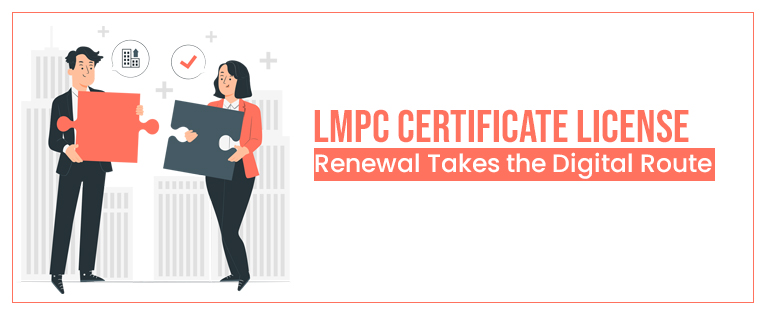How to Obtain a Legal Metrology Certificate
For businesses involved in manufacturing, importing, or selling weighing and measuring instruments, obtaining a Legal Metrology Certificate is essential. This certification ensures compliance with accuracy and quality standards set by regulatory authorities. In this blog, we will provide a comprehensive guide on how to obtain a Legal Metrology Certificate, outlining the key steps, documentation requirements, and important considerations for businesses to navigate the certification process smoothly.
Step 1: Understand Legal Metrology
Before diving into the certification process, it's important to grasp the concept of Legal Metrology. Legal Metrology refers to the science of accurate measurements and the regulations governing the use of weighing and measuring instruments in commercial transactions. Familiarize yourself with the legal framework and requirements specific to your country or region to ensure compliance with the relevant laws and regulations.
Step 2: Determine Applicable Instruments
Identify the weighing and measuring instruments used in your business operations that require a Legal Metrology Certificate . These instruments may include weighing scales, measuring tapes, fuel dispensers, thermometers, or any other devices used for trade or commercial purposes. Consult with your local metrology authority or regulatory body to understand the specific instruments covered under the certification requirements.
Step 3: Document Verification and Calibration
Ensure that all weighing and measuring instruments are verified and calibrated by an authorized metrology laboratory or service provider. This process involves checking the accuracy and performance of the instruments to meet the prescribed standards. Maintain records of verification and calibration certificates, as they will be required during the certification process
Step 4: Prepare Documentation
Gather the necessary documentation to initiate the Legal Metrology Certificate application process. The required documents may vary depending on the jurisdiction, but typically include:
1. Application Form: Obtain the application form from the designated metrology authority or regulatory body and duly fill it out.
2. Proof of Ownership: Provide documents that establish your ownership or authorization to use the weighing and measuring instruments.
3. Verification and Calibration Certificates: Submit the certificates obtained from authorized metrology laboratories, demonstrating the accuracy and calibration of the instruments.
4. Manufacturer's Certificate: If applicable, provide the manufacturer's certificate of compliance for the instruments.
Step 5: Application Submission and Inspection
Submit the completed application form and accompanying documents to the designated metrology authority or regulatory body. The authority will review the application and conduct an inspection of the premises where the weighing and measuring instruments are used. During the inspection, the authorities will assess the compliance of the instruments and their proper usage as per the applicable standards.
Step 6: Certificate Issuance and Renewal
Upon successful inspection and compliance with the requirements, the metrology authority will issue the Legal Metrology Certificate for the approved instruments. The certificate is typically valid for a specified period, after which it must be renewed. Follow the renewal process as per the guidelines provided by the metrology authority to ensure continuous compliance.
Conclusion
Obtaining a Legal Metrology Certificate is a vital step for businesses involved in trade and commerce using weighing and measuring instruments. By following this step-by-step guide and working closely with the designated metrology authority or regulatory body, businesses can ensure compliance with accuracy standards, gain consumer trust, and uphold fair trade practices.




Comments
Post a Comment